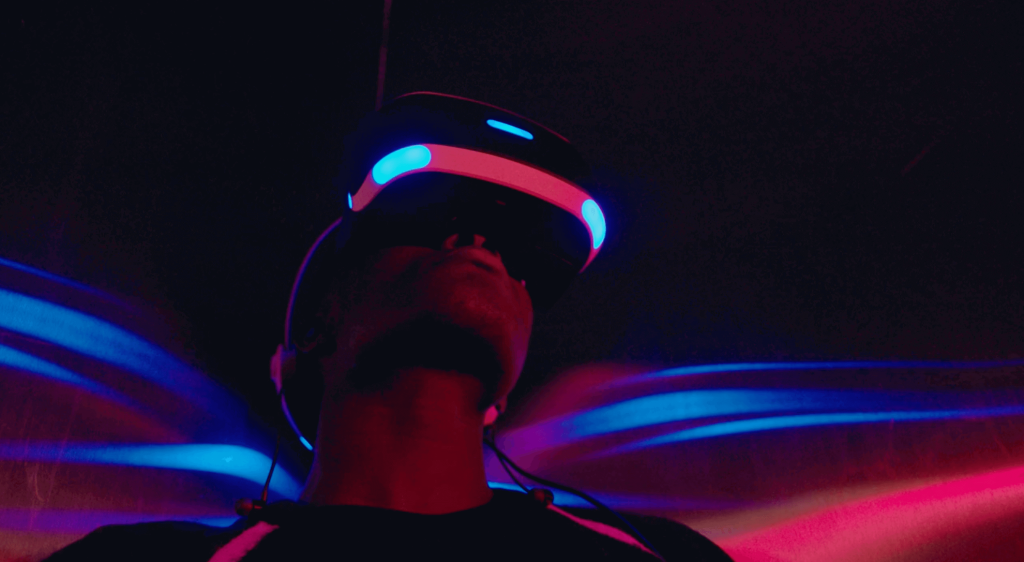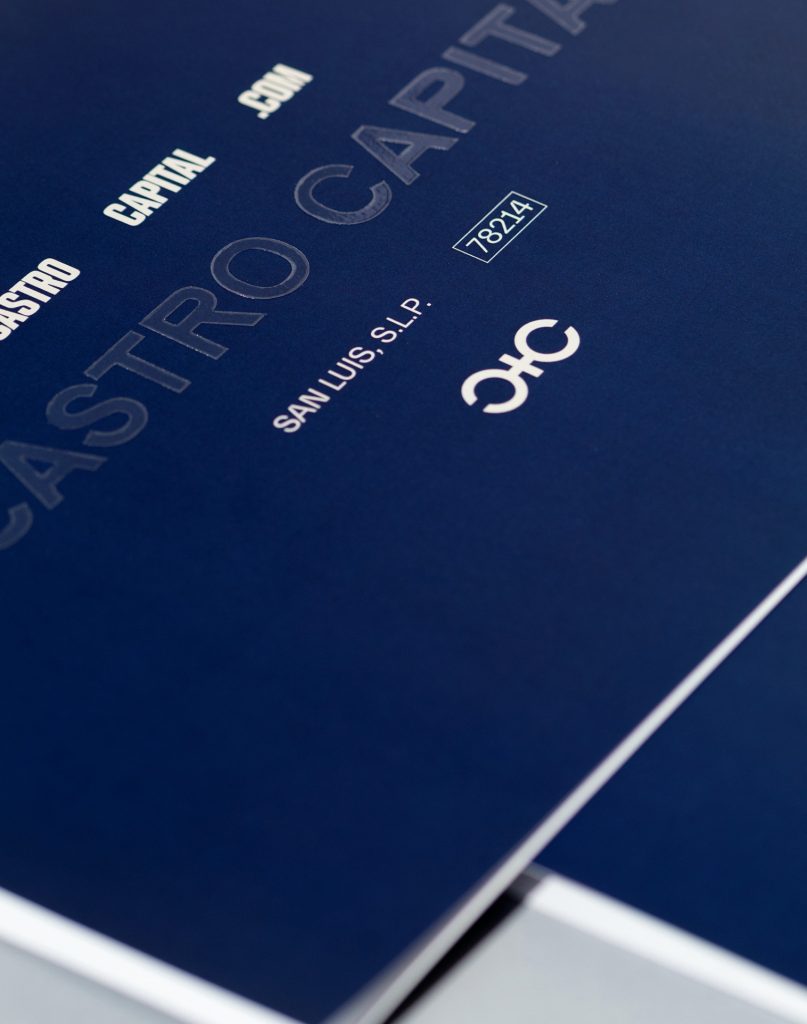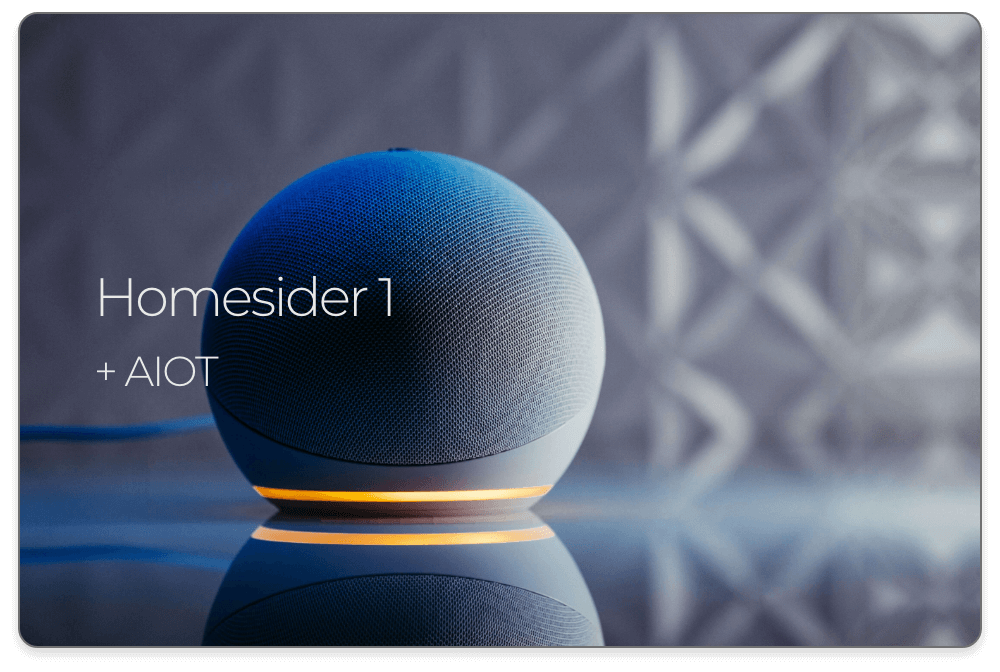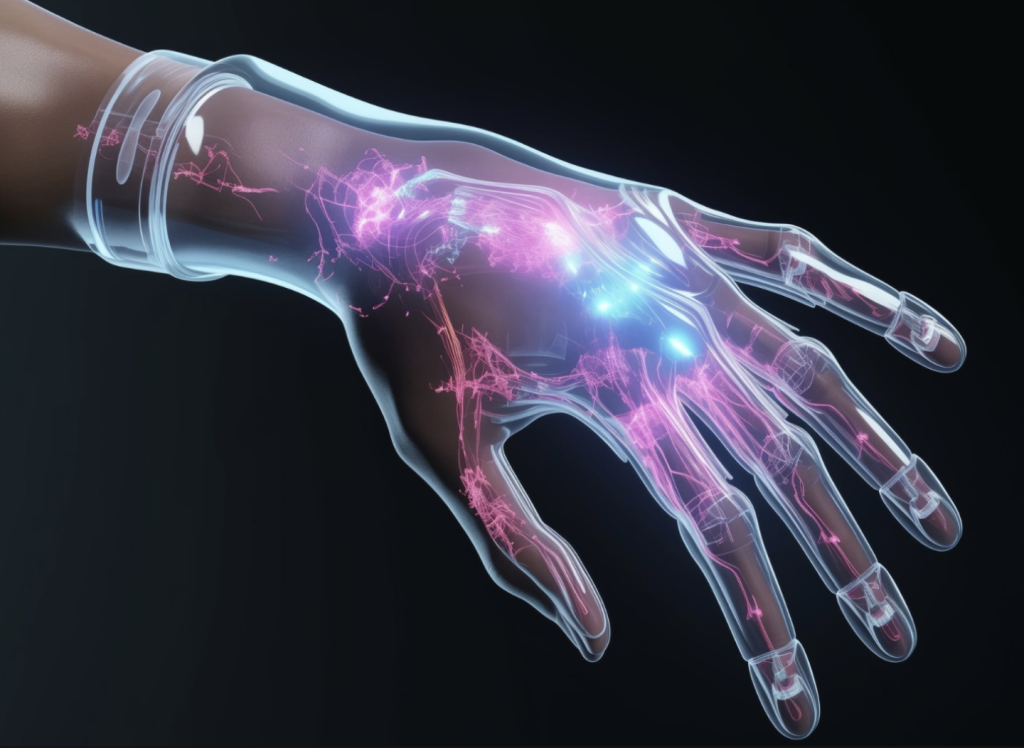In today’s fast-paced digital landscape, organizations are finding innovative ways to streamline operations and improve productivity. At the forefront of this transformation is the convergence of workflow automation and AI-enhanced operating systems (AIOS). As businesses strive for greater efficiency, the seamless user experience afforded by these advanced systems is becoming increasingly vital.
Workflow automation refers to the process of using technology to streamline business operations, reduce manual tasks, and improve accuracy through standardized processes. By integrating AI into the operating systems that drive these workflows, organizations can achieve unprecedented levels of efficiency and effectiveness. This article delves into the current trends, solutions, and applications of workflow automation within the framework of AI-enhanced operating systems.
.
**Understanding the Fundamentals: What is Workflow Automation?**
Workflow automation involves the use of software and technology to automate repetitive and mundane tasks within business processes. This allows employees to focus on higher-value activities that require human insight. From task assignment and document management to approval processes and customer relationship management, workflow automation encompasses a broad range of functionalities.
The ultimate goal here is to not only enhance productivity but also reduce the potential for human error. According to a study by McKinsey, organizations that effectively implement automation can save an average of 20-30% in operational costs. These efficiencies can result in shorter transaction times, fewer errors, and improved accuracy.
.
**The Rise of AI-Enhanced Operating Systems**
AI-enhanced operating systems are revolutionizing how workflows are managed and executed. Traditional operating systems have historically provided a static environment where applications function but lacked the dynamic capabilities we see today. With the advent of AI, these systems become more adaptive and intelligent, allowing for real-time analysis and decision-making.
AIOS combines machine learning, natural language processing, and advanced data analysis capabilities to create a more intuitive interface. This enables users to interact with their systems seamlessly and receive personalized assistance tailored to their unique needs. For example, companies like Microsoft and Google are increasingly integrating AI features into their operating systems, making them more responsive and easier to navigate.
.
**Trends Shaping Workflow Automation and AIOS**
Several trends are currently shaping the landscape of workflow automation and AIOS:
1. **Predictive Analytics**: The ability to analyze data trends and predict future outcomes is a game-changer for businesses. For instance, AI can anticipate bottlenecks in processes and suggest optimizations before issues arise.
2. **Integration with Cloud Services**: The growth of cloud technologies has made it easier for businesses to integrate automation tools with existing workflows. By leveraging cloud computing, companies can access resources and information from anywhere, making real-time decision-making feasible.
3. **No-Code/Low-Code Platforms**: These platforms allow users with limited coding experience to automate workflows easily. They empower employees to create applications and workflows without extensive technical knowledge, leading to rapid innovation.
4. **Enhanced Security Features**: With automation comes the need for robust security. AIOS often includes advanced security measures that adapt to potential threats in real-time, protecting sensitive data effectively.
.
**Achieving a Seamless User Experience in AIOS**
User experience is paramount in driving the adoption of any new technology. AI-enhanced operating systems endeavor to create a seamless user experience by prioritizing ease of use, accessibility, and personalization. By leveraging AI, users can benefit from tailored solutions that learn and evolve according to their usage patterns.
For instance, AIOS can analyze how individual users navigate their systems and adjust interfaces accordingly. The use of chatbots and virtual assistants further simplifies interactions, providing users with a simple way to manage tasks and obtain immediate assistance. A seamless user experience in AIOS leads to better employee satisfaction, which, in turn, boosts productivity.
.
**Applications of Workflow Automation Across Industries**
Industries are discovering the immense potential of workflow automation and AIOS to improve their operations. Here are a few notable use cases:
1. **Healthcare**: In healthcare, AIOS can automate patient scheduling, streamline billing processes, and manage patient records, freeing up healthcare providers to focus on patient care. For example, robotic process automation (RPA) can reduce the time spent on administrative tasks by up to 80%.
2. **Financial Services**: AIOS is transforming how financial institutions handle transactions, compliance, and customer service. Automated systems can analyze financial data in real-time, identifying fraud patterns and enhancing risk management.
3. **Manufacturing**: The manufacturing sector implements AI-enhanced operating systems to monitor production lines, forecast demand, and optimize supply chains. Systems can automatically adjust operations based on real-time data, leading to increased efficiency and reduced waste.
4. **Retail**: Retailers are utilizing AIOS for inventory management, customer engagement, and personalized marketing. Through workflow automation, businesses can analyze customer behavior and preferences, increasing the effectiveness of targeted campaigns.
.
**Real-World Solutions: Success Stories in Workflow Automation**
Several companies are leading the way in implementing workflow automation within AIOS, achieving remarkable results:
– **Salesforce**: By incorporating AI into its platform, Salesforce has automated various customer relationship management tasks. This has resulted in better lead conversion rates and improved customer satisfaction.
– **Amazon**: Amazon uses AI-enhanced operating systems to manage its vast logistics network. By automating inventory tracking and order fulfillment processes, the company has optimized delivery times and enhanced customer experience.
– **Tesla**: Tesla’s production line integrates AI to streamline manufacturing workflows. Automated systems analyze production data to ensure optimal performance, thus reducing time-to-market for its vehicles.
.
**Concluding Thoughts: The Future of Workflow Automation and AIOS**
As organizations continuously seek ways to improve productivity and efficiency, the importance of workflow automation and AI-enhanced operating systems cannot be overstated. The trends towards predictive analytics, cloud integration, and no-code platforms signal a shift in the way businesses operate, leading to more agile and responsive models.
The seamless user experience offered by AIOS is a significant driver in the adoption of these technologies, ensuring that employees can work more efficiently and effectively. With applications across industries like healthcare, finance, manufacturing, and retail, the possibilities for automation are limitless.
As we move forward, companies that embrace these advancements will undoubtedly reap the rewards, gaining a competitive edge in their respective markets. The future of workflow automation and AI-enhanced operating systems is bright, promising a new era of intelligent, efficient, and user-centric business operations.
**Sources:**
1. McKinsey. (2023). “The Impact of Automation on Business: A McKinsey Guide.”
2. Gartner. (2023). “Emerging Trends in Artificial Intelligence and Automation.”
3. Forrester. (2023). “The Future of Work: Workflow Automation in the Age of AI.”
4. Harvard Business Review. (2023). “How AI is Transforming Workflow Automation.”



























